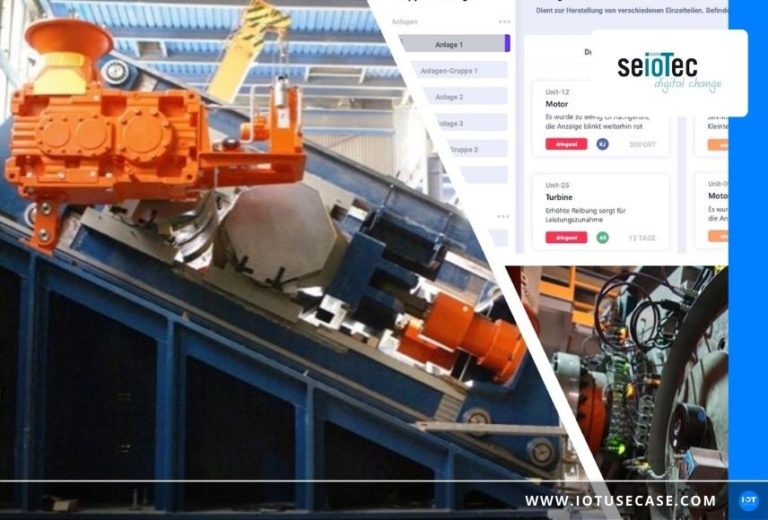Machines for pulverizing ores and broken glass are maintenance-intensive. A backlog in maintenance leads to quality deficiencies in production or plant failures. The Industrial IoT (IIoT) can avoid these difficulties: Sensors determine the plant status and show the operator when maintenance is due.
The challenge: Users often forgo regular maintenance
The ore rock and crushed glass grinding plants of a German engineering company are used worldwide. They help process ore in mining areas and recycle glass in Europe. For particularly high-quality results, the glass pieces must be pulverized in several passes: Large pieces are sieved out and filled in again. As a result, wear on the components is very high, and the plants are maintenance-intensive.
Failure to perform regular maintenance will result in quality problems or even failures. Unfortunately, not all users adhere to the maintenance cycles. This is because in many countries the machines are not used by trained specialists. Operators often do not know that they need to check the machine regularly. In addition, they do not set the plant parameters precisely enough due to a lack of experience. Thus, they need many attempts until the desired result is achieved – which leads to large amounts of scrap.
Normally, a manufacturer does not learn about these difficulties of its customers. They only become noticeable when failures occur during warranty. The manufacturer must now send repair teams, spare parts and resolve the cost issue. The machine manufacturer therefore wanted to provide its customers with better support in order to avoid such situations. Their wish: to obtain information on operating parameters and maintenance cycles from the installed plants to help customers with configuration and maintenance.
The solution: A mobile app with information exchange via IIoT
The manufacturer commissioned the IoT specialist seioTec with the development of a solution based on the Internet of Things. It acquires machine data, sends it to an IoT platform, and then analyzes it. As with all applications in the Industrial IoT (Internet of Things), numerous sensors are required. They measure vibrations on the engines, the quality of the oil filters, the hydraulic pressure on the grinding rolls, the load on the gears, and additionally environmental conditions such as temperature and humidity.
These sensors are connected to an industrial PC, which acts as an edge device to preprocess the data. In addition, the operating personnel enter further data there, for example the composition of the raw material or information on maintenance. The consolidated data goes via mobile communications to Siemens Mindsphere, the Munich-based company’s IIoT platform specializing in industry and mechanical engineering.
The customer can display and check all data in a mobile app (MaintApp). It establishes a two-way flow of information between them and the manufacturer. In this way, the latter receives information about maintenance already carried out and can inform the operators about necessary actions. Since the analysis also contains additional information, such as on raw material quality, the app also becomes an advisor for users: the manufacturer uses it to provide targeted recommendations for action.
The result: High customer loyalty through long-term monitoring of process data
The machine manufacturer achieves a new quality of customer loyalty with its system of sensors and mobile app. Difficulties during warranty are avoided, the user can reduce unplanned downtime. From a technical perspective, data collection and analysis is a first step towards predictive maintenance. This requires large amounts of training data, which is obtained via data exchange via app.
In the next stage of upgrading, the machine manufacturer can then start with predictive maintenance: Learning algorithms use the incoming data to detect at an early stage whether technical problems are on the horizon. This helps to avoid preventable failures and unnecessary repairs.






